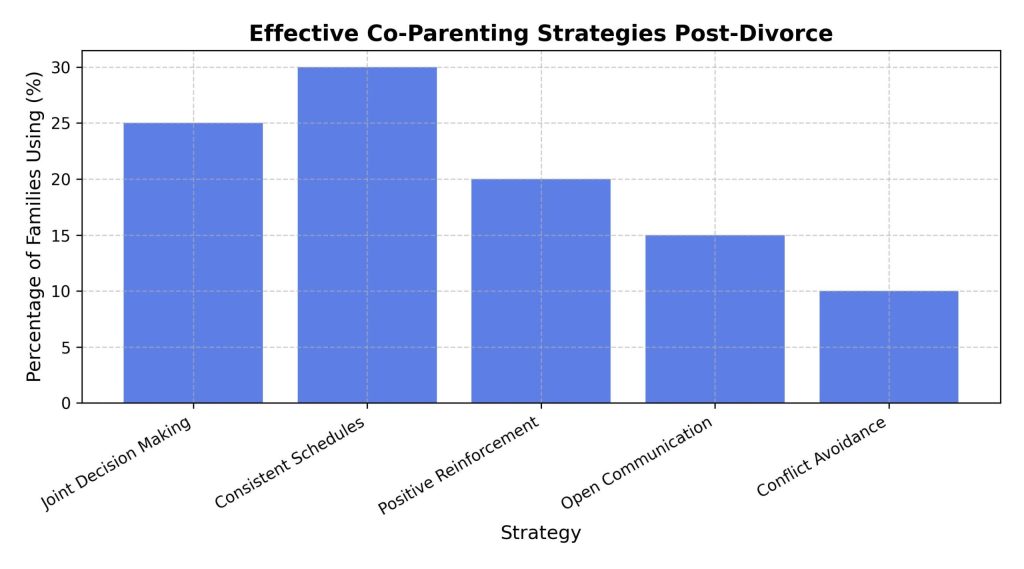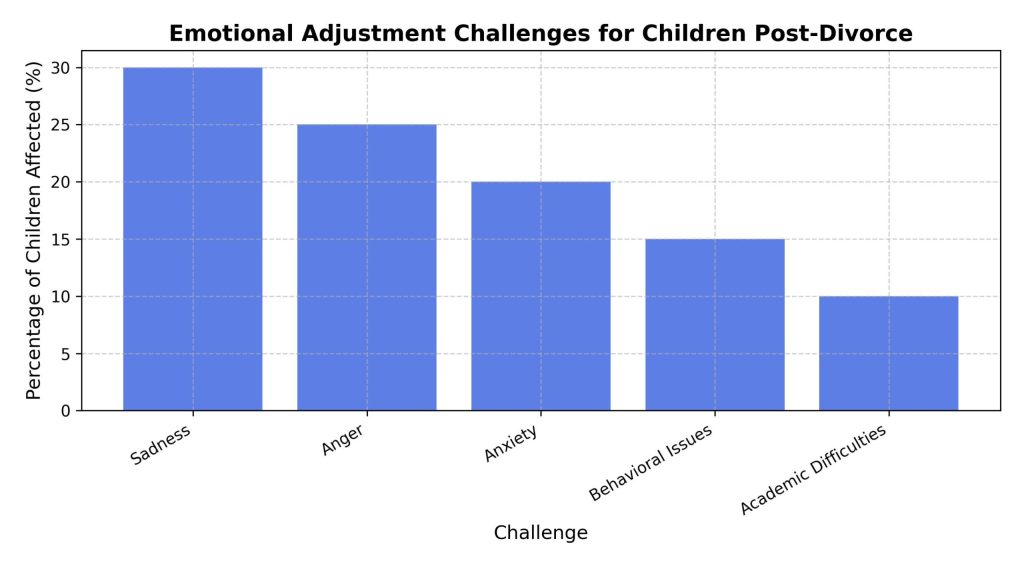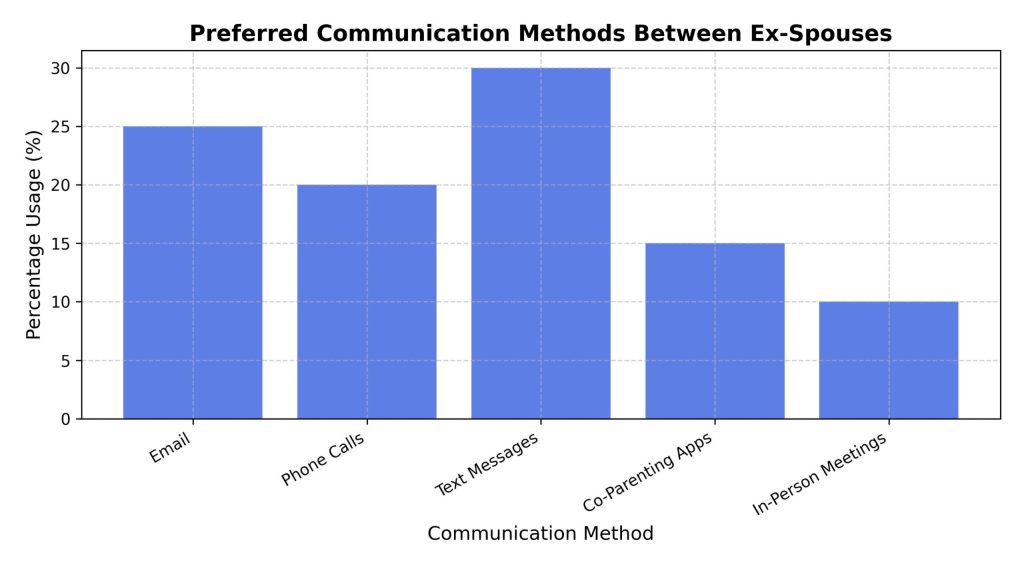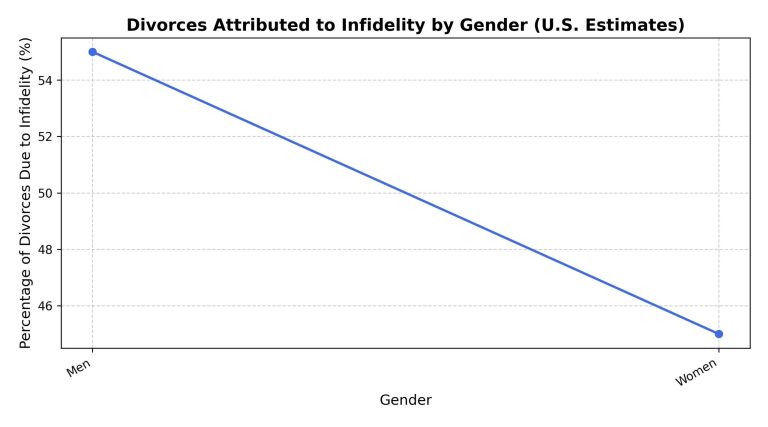Who Gets Custody Of A Child In Divorce? Key Factors Explained
Who gets to take care of a child in a divorce is decided based on what’s best for the child. Important things include the child’s age, body and feelings needs, each parent’s ability to look after the child, and how the child gets along with each parent. And here’s a fact that’s lowkey insane, according to “Family Law” by Jonathan Herring, the court might also think about the child’s wishes, depending on how old and grown-up they are, to make sure there is a steady and caring place for them.
As most of us know, child custody is a big deal in divorce. It’s mostly about making sure the child is safe and stable, and that kinda makes sense people tend to believe looking after the child’s needs is the most important thing. But there’s more to it than that. Parents go through a lot of feelings during this time. One parent might think they can offer a more secure home, which in many ways is tied to another might feel really close to the child and fear losing that bond. Both parents might just want to stick around for the kid’s sake. Focusing too much on winning custody can hurt everyone, even the child. It’s important to talk about how to deal with this tricky issue. As an expert in this area, I’m Elizabeth Burnley, a paralegal, and today we’ll look at how to ensure the best outcome for your child.
Key Pointers
- In divorce cases, decisions about child custody focus on what is best for the child.
- Important factors include each parent’s ability to care for the child, how the child gets along with each parent, and the child’s own wishes if they are old enough to express them.
- Courts also look at the mental and physical health of the parents, how stable they are, and any history of abuse.
- Legal custody can be shared by both parents or given to one parent, while physical custody decides where the child will mainly live.

What Are the Different Types of Custody Arrangements?
Joint custody is like trying to agree on pizza toppings with your ex – it’s possible, but someone always ends up with extra olives they didn’t want.
Family law explains different custody setups: physical custody, legal custody, and joint custody. Physical custody decides where the child stays, while legal custody involves decision-making rights about the child’s well-being. And get this, joint custody combines both physical and legal duties shared by parents.

On the internet, you can find several discussions regarding custody arrangements, with ideas from various forums, blogs, and articles. Here are some direct quotes illustrating different views:
“Joint custody is when both parents share the decision-making responsibilities and/or physical control and custody of the children. Many parents find this option works well if they can cooperate amicably.” – CustodyXChange
“Sole custody means one parent makes the major decisions regarding the child’s upbringing, even though both parents may have visitation rights.” – LegalZoom
“In split custody, each parent takes custody of different children; however, courts rarely award split custody because they try to avoid separating siblings.” – Nolo’s Child Custody Basics

How Do Courts Determine the Best Interests of the Child?
Courts decide what is best for the child by looking at things like the child’s age, emotional bonds with parents, and how stable the home is. As told at the start, the how do courts determine the best interests of the child? plays a big role, so let’s look close at this spot. It makes sense to care about this because the child’s safety and future joy are big goals for both parents and the law, which is why I brought it into the talk.
According to the Children’s Bureau, courts decide what’s best for the child by looking at many things. These include the child’s safety and well-being, the emotional and developmental needs of the child, the stability of the home, and the child’s connection with each parent. Another detail that’s actually kind of funny is, the child’s wishes might also be considered depending on how old and mature they are. The court tries to make a decision that supports the child’s happiness and health.
Might this change how we think? People are often talking about how courts are thinking about the child’s best interests by considering health, safety, and feelings. They are also noticing that courts are listening to what the child wants, if they’re old enough, and checking if each parent can meet those needs.

Discover ideas into child custody decisions during divorce by visiting our site, where we break down the key factors involved. At https://edivorcepapers.com, we provide an easy online service to help you complete and file your divorce papers. Our platform offers user-friendly support and resources to guide you through the process smoothly.
Let’s try to shift our view about how do courts determine the best interests of the child? right now and see where it takes us. Some people think courts always choose moms when deciding what’s best for kids. Another way might be to try talking with a mediator or getting family help to find a good answer for all. It’s good to be careful and know that every family is different, so what works for one might not work for another, it seems.

What Factors Influence the Court’s Decision on Custody?
According to sources like the American Bar Association, several reasons affect a court’s choice on child custody. These reasons include: the best interest of the child, the child’s connection with each parent, and the ability of each parent to provide a steady home. Another thing that’s actually pretty interesting, the court focuses on these things to ensure the child’s safety and health.
Courts decide on custody based on what is best for the child. They look at things like the child’s safety, the parents’ ability to care for the child, and the emotional connection between parent and child. Experts recommend focusing on the child’s needs and showing teamwork with the other parent.
Bringing it All Together
Deciding who gets custody of a child in a divorce involves considering various factors, including the child’s well-being, parental involvement, and each parent’s ability to provide a stable home. While the process can be difficult, it is important to approach it with hope and focus on the child’s benefit, knowing that a fair and supportive arrangement can be achieved. As a practical step, parents should prioritize open communication and work together to create a parenting plan that meets the child’s needs. For those wanting to learn more, consider reading our article on effective co-parenting methods after divorce to ensure a nurturing environment for your child.







